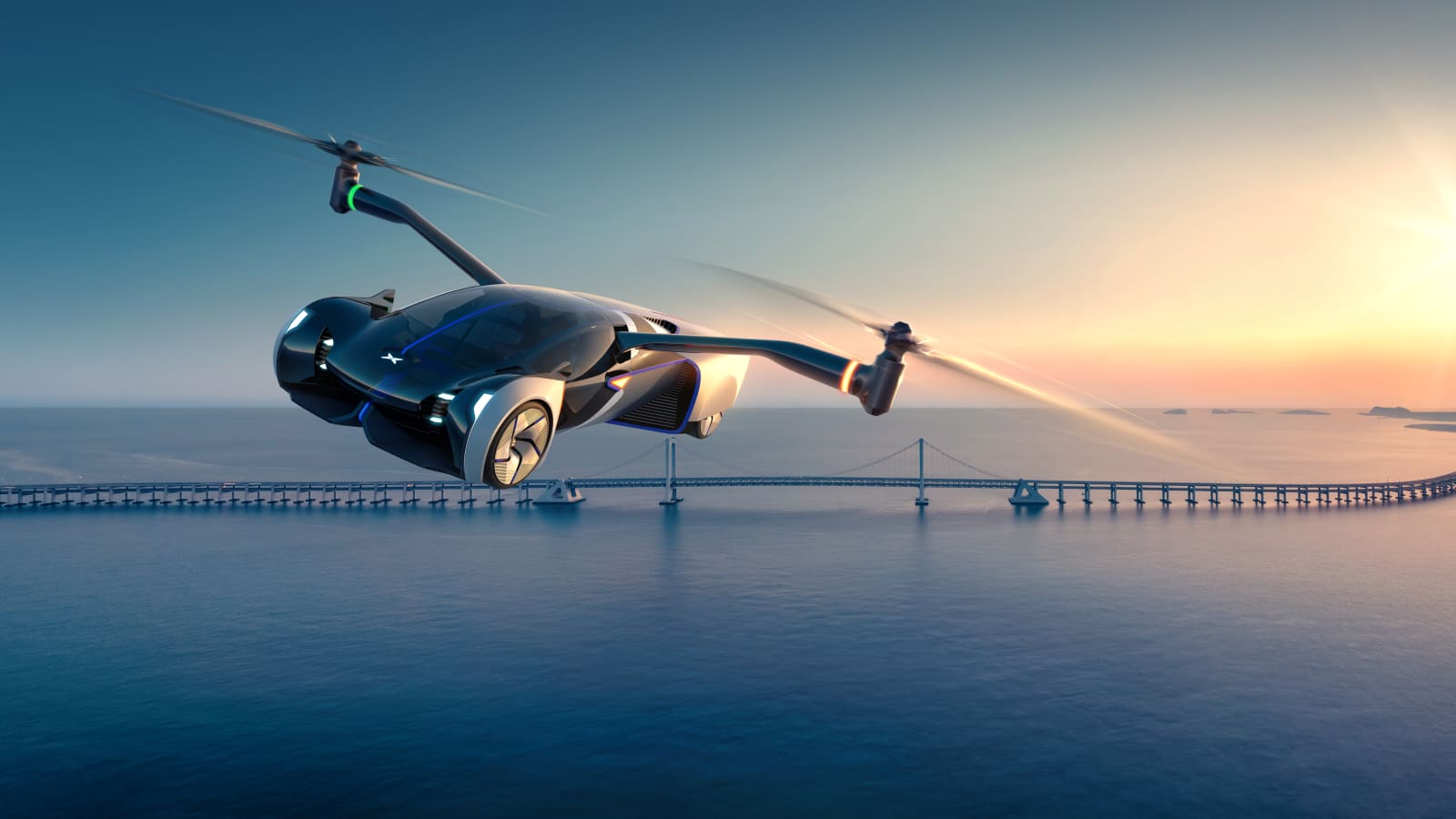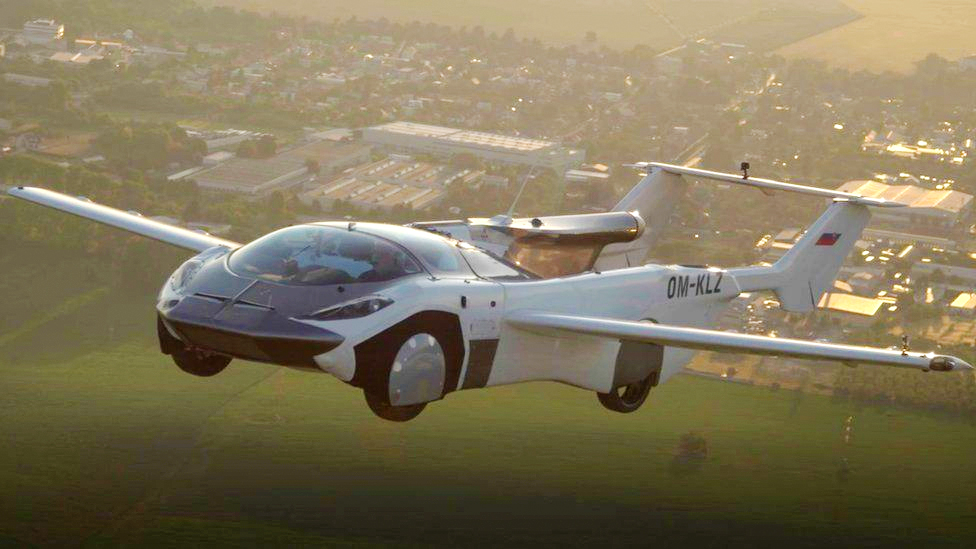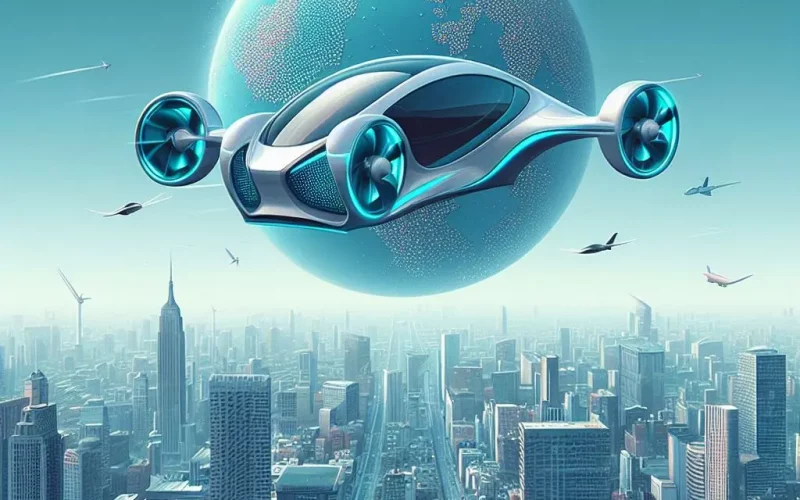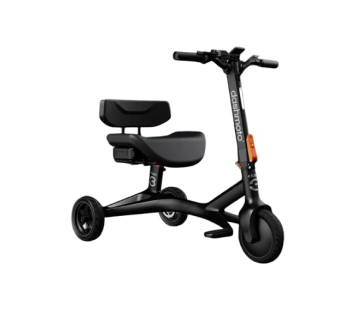The day when flying cars hit the sky is just around the corner. As urban congestion increases at an exponential rate, the need to move traffic to the sky becomes not only desirable but necessary. At first glance, the idea of looking out the window and seeing cars flying overhead seems intriguing and exciting, but is going to be as easy once they are launched?
Flying cars do have numerous pros such as improving traffic flow, but they have downsides as well. In this article, we’re going to discuss the pros and cons of flying cars and better understand if the advantages outweigh the disadvantages, or is it the other way around. Just hang in there – we’re about to find out. Without further ado, let’s start to discuss the pros and cons of flying cars.
Table of Contents
Advantages of flying cars
The idea of flying cars is really appealing as they have several great advantages that will help us, the citizens of the 21st century, reduce traffic congestion, travel much faster, offer unique sightseeing opportunities, and of course, empower you with increased mobility and autonomy. Last but not least, they can offer us improved emergency response times. Now, let’s explore each of these advantages of flying cars one by one.

Traffic congestion reduction
The most significant advantage of flying cars is their potential to reduce traffic congestion. In this age of convenience, getting a vehicle has become remarkably simple. The increasing number of cars being rented, leased, and sold daily directly contributes to the escalating traffic congestion experienced in every corner of the world. And here’s where flying cars step in to save the day.
Many people will switch from their ground vehicles to flying cars due to their quick transportation, which will significantly reduce traffic congestion. Imagine 20% of drivers relocating their commutes to the sky – the traffic conditions will be alleviated significantly.
Quicker transportation
Swift travel is also one of the notable benefits of flying cars. By soaring above traffic congestion and navigating directly to destinations, they drastically reduce commute times. This convenience is particularly beneficial for time-sensitive situations, ensuring prompt arrival at crucial appointments or destinations.
Also, as they can vertically take off and land, you’ll have access to remote areas inaccessible by traditional roadways. In essence, flying cars offer a transformative solution to transportation challenges, offering a seamless and expedited travel experience for individuals and goods alike.
Unique sightseeing opportunities
With a flying car, you’ll have unique sightseeing opportunities. You can experience your city from a whole new perspective as you’ll be able to float above your city and enjoy the view. So, flying cars will not only make your daily commute fast but also aesthetically pleasing.
This is one of the prime advantages of flying vehicles. You will no longer need to wait for your next flight to enjoy the architecture from a bird’s perspective. You can do it anywhere, anytime.
Increased mobility and autonomy
Flying cars will also offer you increased mobility and autonomy. Once purchased, you’ll have more freedom to move around. They let you travel directly to where you want to go without getting stuck in traffic.
This means you can reach your destination faster and easier. Whether it's going to work, taking spontaneous trips, or exploring new places, flying cars make it simple. You won’t be limited by roads anymore.
With flying cars, you'll enjoy more flexibility in getting around and save a ton of time. Instead of being stuck in traffic for a significant portion of your day, you'll have more time to do more valuable tasks.
Improved emergency response times
When considering the pros and cons of flying cars, their impact on emergency response stands out. Traditional ground transportation methods like ambulances, police cars, and fire trucks often struggle with traffic congestion and road closures, delaying critical assistance.
One of the greatest advantages of flying cars is that they’ll make emergency responses much more efficient. For example, in situations like natural disasters where ground transportation may be hindered by debris, flying cars can swiftly reach affected areas to deliver lifesaving aid.
Disadvantages of flying cars
Before switching your mode of transportation, it's crucial to weigh the pros and cons of flying cars. While the thought of cars flying overhead is thrilling, it's important to acknowledge the potential drawbacks, which we'll explore in this section.
As with any other kind of transportation, flying cars have safety concerns, and getting a separate license for “flying a car” will be required. The advent of flying cars may also lead to increased noise pollution, and the need for additional infrastructure, such as building landing pads. Lastly, the excessive use of flying cars may lead to congestion in the airways if not managed properly.

Safety concerns
When considering the pros and cons of flying cars, we cannot neglect the safety concerns. As these flying vehicles introduce an entirely new dimension to travel, the possibility of midair collisions and accidents is very high. Roads have physical boundaries and lanes —something the sky lacks—this makes the handling of traffic and collision avoidance more complex.
Also, emergencies will be difficult to reach too, as accidents happen mid-air or in hard-to-reach locations from the ground. So, even though the idea of a flying car is appealing, launching one may not be hassle-free.
Environmental impact and noise pollution
As we discuss the pros and cons of flying cars, we must also address the environmental impact and noise pollution that we may encounter once these flying vehicles are launched.
Flying cars need a huge level of energy to defy gravity, so there’ll be more emissions unless the power source is going to be all renewable. Also, there will be a lot of noise pollution, which will largely impact the quality of life of both wildlife and humans in residential areas. Surely all of us have seen a plane flying overhead and the noise it creates is nerve-racking – imagine dozens of smaller “planes” flying outside your window, we may have a hard time hearing each other outside.
Regulatory and Infrastructure challenges
There will be a whole set of new challenges to regulate flying cars such as the creation and enforcement of air traffic rules, certification of pilots, and ensuring public safety in the air needs new infrastructure and regulation. Many take-off and landing zones ought to be built, as well as new places for technical support. This will add up to a complicated layer of expenditure, along with requirements like this and many others which present both regulatory and logistical hurdles for the mass use of flying cars.
Congestion in the airways
One prominent downside among the pros and cons of flying cars is the congestion in the airways. As soon as the skies become increasingly populated with flying vehicles, the potential for air traffic will start growing. Also, as there will be no lanes in the sky, navigating the traffic will be a hurdle. It will lead to chaotic and hazardous traffic conditions overhead.
Without strict regulation and efficient air traffic management systems, the risk of mid-air collisions and delays will drastically escalate which takes us to the first downside of flying cars mentioned in this article – safety concerts. It will take some time until people get used to using a flying vehicle on a daily basis, but until then mid-air congestion and accidents are inevitable.
Conclusion
While flying cars offer convenience and could ease traffic on the ground, safety, regulatory, environmental, and affordability concerns still remain. Without addressing these issues, flying cars might not deliver on their promises and could trigger unprecedented complications. Therefore, while the idea is exciting, it's crucial to weigh the pros and cons of flying cars carefully before embracing them as a new mode of transportation.



